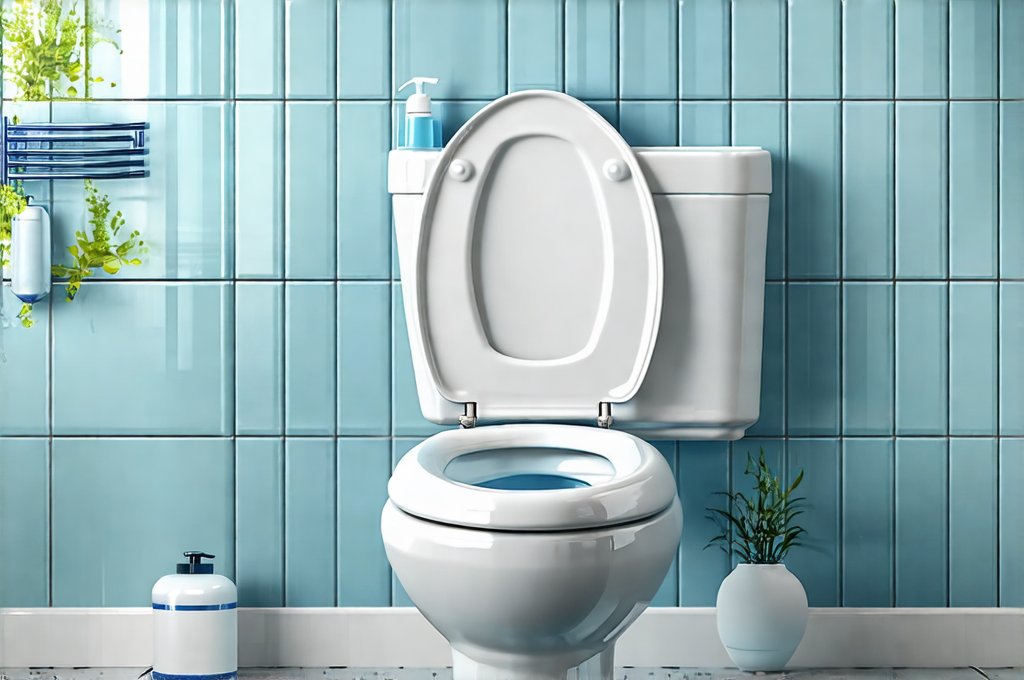Public restrooms are an unavoidable part of modern life, yet they often represent a significant source of anxiety and concern for many individuals. Beyond aesthetic discomfort, there’s a deeply rooted worry about hygiene and the potential spread of germs in these shared spaces. This isn’t merely a matter of personal preference; it directly impacts public health and wellbeing. Effective toilet hygiene in public spaces is therefore not just a convenience, but a critical component of responsible facility management and community care. Ignoring this aspect can lead to negative perceptions, reduced usage rates, and even outbreaks of illness.
The challenge lies in balancing the demands of high traffic with the need for consistent cleanliness. Public restrooms experience a diverse range of users, each contributing to the potential for contamination. From everyday use to accidental spills and vandalism, maintaining a sanitary environment requires a proactive and multi-faceted approach. This article will explore best practices for toilet hygiene in public spaces, covering everything from cleaning protocols and fixture selection to user education and ongoing maintenance. The goal is to provide practical insights that can be implemented across various settings – schools, workplaces, shopping centers, transportation hubs – to create cleaner, safer, and more pleasant restroom experiences for everyone.
Cleaning Protocols & Disinfection Strategies
The foundation of good toilet hygiene begins with a robust cleaning protocol. Simply wiping down surfaces isn’t enough; a comprehensive approach must address both visible dirt and invisible microorganisms. Frequency is key – high-traffic restrooms should be cleaned multiple times daily, while lower-traffic areas may require less frequent attention. However, even low-traffic facilities need regular deep cleaning to prevent the buildup of biofilms and lingering odors. A tiered system often works best:
- Spot Cleaning: Addressing spills and obvious messes immediately. This prevents issues from escalating and minimizes the spread of contaminants.
- Daily Cleaning: Focusing on high-touch surfaces – door handles, faucets, flush buttons, soap dispensers – with a disinfectant cleaner. Floor cleaning is also crucial.
- Weekly/Monthly Deep Cleaning: A more thorough process that includes disinfecting all fixtures, scrubbing floors and walls, and replenishing supplies.
Choosing the right disinfectants is equally important. EPA-registered disinfectants are recommended, and it’s vital to follow the manufacturer’s instructions regarding contact time – the amount of time a disinfectant needs to remain on a surface to be effective. Using color-coded cleaning cloths can prevent cross-contamination between different areas (e.g., toilet vs. sink). Furthermore, investing in automated dispensing systems for hand soap and sanitizer reduces touchpoints and promotes better hygiene. Consideration should also be given to the type of flooring material; some materials require specific cleaning agents to avoid damage or discoloration. Thinking about preventative measures can help reduce issues, as highlighted in best practices for UTI prevention.
Beyond chemical disinfectants, exploring innovative technologies like UV-C disinfection can offer an additional layer of protection. These devices use ultraviolet light to kill bacteria and viruses on surfaces, but they require careful implementation and adherence to safety protocols. A well-documented cleaning schedule, coupled with regular staff training, is essential to ensure consistency and effectiveness in maintaining restroom cleanliness. Maintaining good bladder health begins with a clean environment.
Fixture Selection & Design for Hygiene
The design and selection of toilet fixtures play a significant role in overall hygiene. Traditional designs can harbor dirt and bacteria in hard-to-reach areas, making thorough cleaning difficult. Modern fixtures are increasingly designed with hygiene in mind, incorporating features that minimize contact points and facilitate easy cleaning.
Touchless technology is becoming more prevalent in public restrooms, reducing the spread of germs through direct contact. Automatic flushers, faucets, soap dispensers, and hand dryers all contribute to a more hygienic environment. WaterSense-certified fixtures are also beneficial, as they conserve water without compromising performance. The choice of materials is critical; non-porous surfaces like stainless steel or solid surface materials are easier to clean and disinfect than porous materials like tile grout.
Furthermore, the layout of the restroom can influence hygiene. Adequate ventilation is essential for removing odors and preventing moisture buildup, which promotes bacterial growth. Proper drainage systems prevent standing water, reducing the risk of slips and falls while also contributing to a cleaner environment. Finally, minimizing horizontal surfaces where items can be placed (and potentially left behind) reduces clutter and simplifies cleaning. A well-designed restroom not only looks more appealing but also supports better hygiene practices.
Optimizing Handwashing Facilities
Handwashing is arguably the most effective way to prevent the spread of germs, so optimizing handwashing facilities is paramount. Simply providing soap and water isn’t enough; the entire experience needs to encourage thorough handwashing.
- Accessibility: Sinks should be easily accessible to people of all ages and abilities, including those with disabilities.
- Water Temperature: Maintaining a comfortable water temperature encourages longer handwashing times.
- Soap Dispensing: Automatic soap dispensers are preferable to bar soap, which can harbor bacteria. Liquid soap should also be regularly refilled to ensure availability.
- Hand Drying Options: Offering a choice between paper towels and air dryers caters to individual preferences. Paper towels are generally more effective at removing germs, but air dryers are more environmentally friendly if properly maintained.
Signage promoting proper handwashing techniques – emphasizing the importance of washing for at least 20 seconds with soap and water – is also crucial. Placement of handwashing stations near exits encourages users to wash their hands before leaving the restroom. Regular inspection and maintenance of handwashing facilities ensure they remain functional and hygienic. Maintaining personal hygiene is important for overall health.
Addressing Toilet & Urinal Hygiene
Toilets and urinals are prime breeding grounds for bacteria, requiring specific attention during cleaning protocols. Flush mechanisms should be regularly inspected to prevent leaks or malfunctions. Automatic flushers require periodic maintenance to ensure reliable operation.
- Toilet Bowl Cleaners: Using a disinfectant toilet bowl cleaner after each use can help control odor and kill germs.
- Urinal Screens: Installing urinal screens helps to minimize splashback and reduce odors. They should be replaced regularly.
- Touchless Flushing: Consider installing touchless flushing systems for both toilets and urinals to further reduce contact points.
Pay particular attention to the areas around the toilet base and behind the toilet, where dirt and grime can accumulate. Using a long-handled brush or mop allows for easier cleaning of these hard-to-reach areas. Regular disinfection of all surfaces – including the seat, lid, and flush handle – is essential. Proper ventilation also helps to minimize odors associated with toilets and urinals.
Monitoring & Maintenance Schedules
A proactive approach to maintenance is crucial for sustaining toilet hygiene in public spaces. Regularly scheduled inspections should be conducted to identify and address any issues before they escalate. This includes checking for leaks, malfunctions, and signs of wear and tear on fixtures and equipment. A detailed maintenance schedule should outline the frequency of various tasks:
- Daily: Visual inspection of restrooms, restocking supplies (soap, paper towels, toilet paper), addressing spills immediately.
- Weekly: Deep cleaning of all surfaces, disinfection of high-touch areas, checking for leaks and malfunctions.
- Monthly/Quarterly: Inspecting ventilation systems, calibrating automatic dispensers, repairing or replacing damaged fixtures.
Maintaining a logbook to record cleaning and maintenance activities provides accountability and allows for tracking trends over time. This data can be used to identify areas that require more frequent attention or improvements in cleaning protocols. Staff training is also essential; employees should be properly trained on cleaning procedures, disinfectant usage, and safety protocols. Regular refresher courses ensure they remain up-to-date on best practices. A robust monitoring and maintenance program ensures that restrooms remain clean, hygienic, and functional for all users. Considering dietary practices can also contribute to a healthier bladder overall.





















